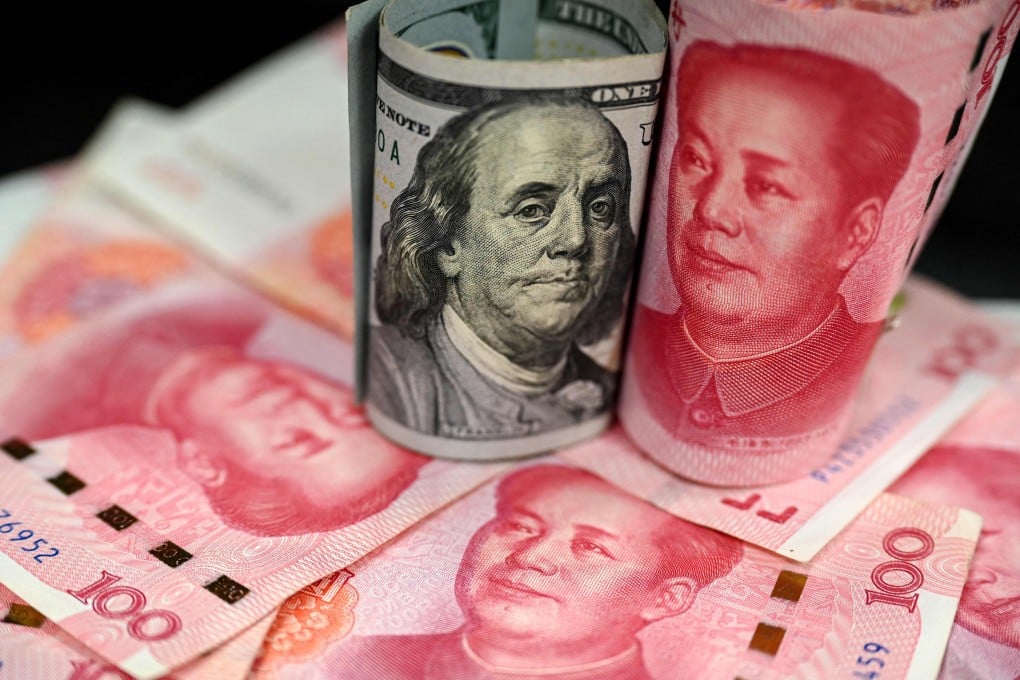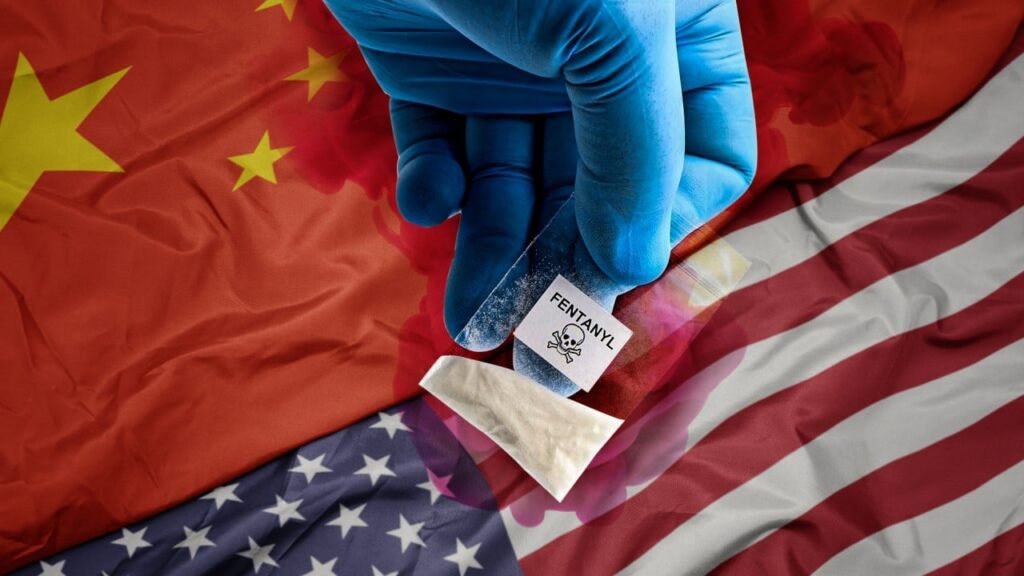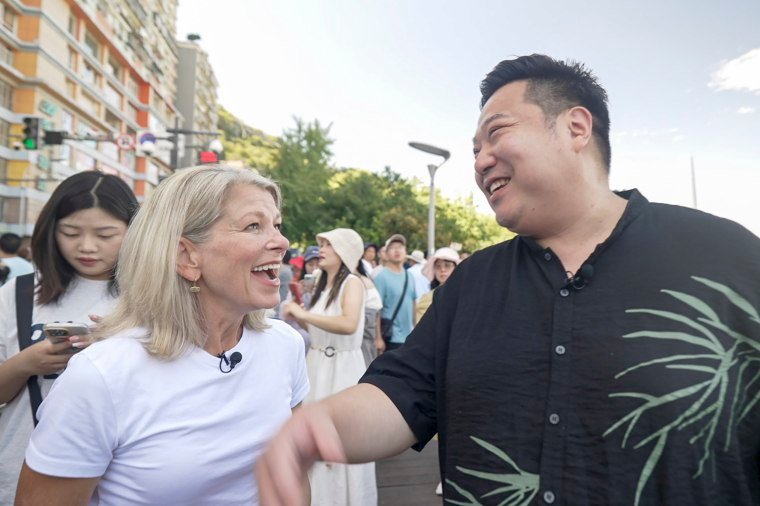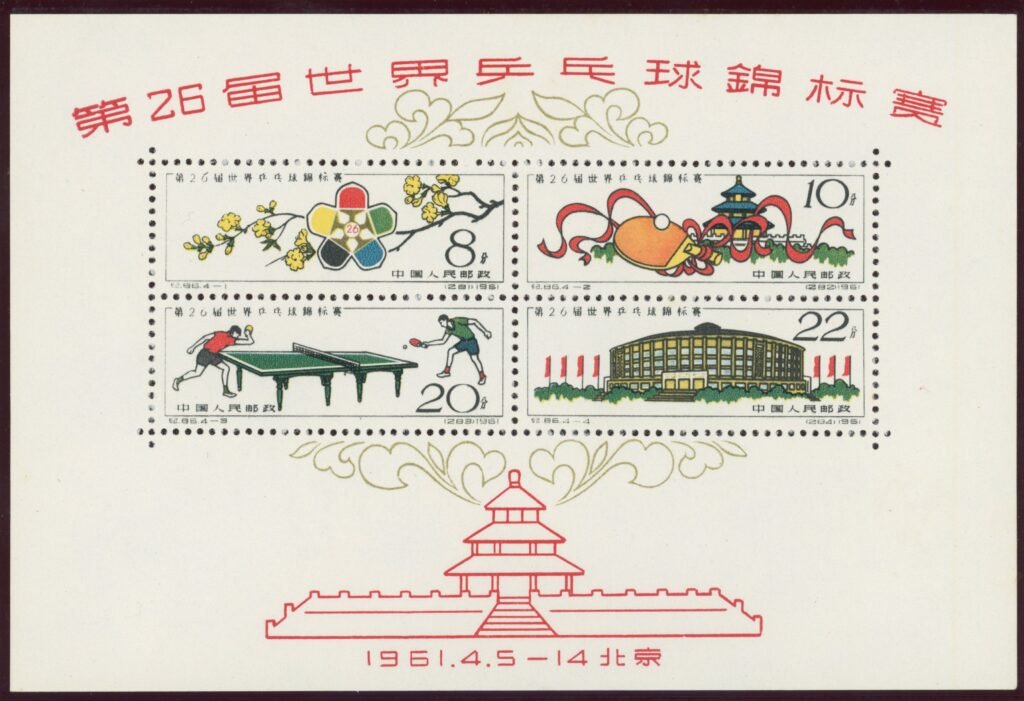Over the past two decades, China has become the world’s largest bilateral lender, reshaping the global financial order. Through massive infrastructure financing programs—especially under the Belt and Road Initiative (BRI)—Beijing has extended loans worth hundreds of billions of dollars to developing and emerging economies. For many nations, these loans have fueled rapid infrastructure development: railways, highways, ports, energy plants, telecom networks. Yet they have also created substantial fiscal burdens and new geopolitical dependencies.
The latest World Bank–derived data (as illustrated in the “Top 20 Countries in Debt to China”) identifies 20 nations that owe China the largest amounts. In 2025, that list remains highly relevant, but new trends in lending, repayment, and debt servicing are reshaping the dynamics. Together, these countries—and the broader flows—illustrate both the rise and the unsettled transition of Beijing’s role from lender to major creditor in the global south.
At the top of the list are Pakistan (≈ US$ 26.6 billion) and Angola (≈ US$ 21 billion), far ahead of the rest. Pakistan’s debt is heavily tied to the China-Pakistan Economic Corridor (CPEC), which finances highways, power plants, and the Gwadar port. While promising structural benefits, these projects have strained Islamabad’s fiscal balance. In 2025, China rolled over approximately US$ 3.4 billion in commercial loans to Pakistan to prevent a hard repayment shock, underscoring how Islamabad must lean on debt rescheduling to maintain stability.

Source: Reuters
Angola’s profile is different: Beijing extended large “oil-for-loans” deals during Angola’s post-civil war reconstruction. While that financing enabled infrastructure rebuilding, it also left Angola vulnerable to commodity price swings. As of 2025, Angola remains heavily exposed to Chinese repayment terms tied to oil exports.
In the middle tier lie Sri Lanka (~US$ 8.9 billion), Ethiopia (~US$ 6.8 billion), and Kenya (~US$ 6.7 billion). Sri Lanka has become the poster child for the “debt-trap diplomacy” narrative: unable to service loans tied to the Hambantota Port project, Colombo leased the port to a Chinese firm for 99 years. Its 2022 sovereign default placed China at the center of restructuring talks. In Ethiopia, loans underwrite the Addis-Djibouti railway and industrial zones—projects that improved connectivity but also pushed fiscal stress. Kenya’s Standard Gauge Railway, built with Chinese finance, has underperformed and become a heavy burden for Nairobi’s debt service.
Smaller economies on the list face disproportionately high risks. Laos (≈ US$ 5.3 billion) is a stark example: its debt-to-GDP ratio has surged past 100 percent in some estimates, as it borrowed heavily to build the China–Laos railway. Struggling to service power and infrastructure debts, Laos has conceded partial control of its national grid to Chinese firms. Zambia (≈ US$ 6.1 billion) became the first African country to default in the COVID-19 era (2020). Many Chinese loans funded roads, airports, and hydropower; today, Zambia’s restructuring involves Beijing as a primary creditor. Bangladesh (≈ US$ 6.1 billion) continues to borrow for power and connectivity projects. Cambodia (≈ US$ 4 billion) presents a case where loans serve both economic and political aims—cementing Cambodia’s status as one of Beijing’s staunchest allies in Southeast Asia.

Source: Reuters
Of the 20, eight are African countries: Angola, Ethiopia, Kenya, Zambia, Nigeria (≈ US$ 4.3 billion), Côte d’Ivoire (≈ US$ 3.9 billion), Cameroon (≈ US$ 3.8 billion), and Republic of the Congo (≈ US$ 3.4 billion). Chinese loans here have underwritten rail, energy, ports, and roads, but the debt service burdens grow heavier with rising global interest rates and commodity volatility.
China’s reach also extends into Latin America and Eurasia. Ecuador (~US$ 4.1 billion) and Argentina (~US$ 2.9 billion) used oil-backed loans when Western lenders retreated, pledging future energy exports. Brazil (~US$ 3.4 billion) uses Chinese credit to support resource and infrastructure initiatives. In Eurasia, Belarus (~US$ 3.9 billion) leans on Chinese financing for rail and industrial projects, reinforcing its political alignment with Beijing. Mongolia (~US$ 3.0 billion), sandwiched between Russia and China, finances mining and border infrastructure with Chinese funds.
But 2025 signals a shift. Debt service flows to China from developing countries will total roughly US$ 35 billion in 2025. Of that, about US$ 22 billion is owed by the 75 poorest and most vulnerable countries. That is not just a number—it signals a reversal: for many, China is becoming less a new-source lender and more a demanding creditor. Indeed, studies show that new Chinese loan commitments have flattened at roughly US$ 7 billion annually since 2023, while repayments have surged. In effect, China has shifted from being a net provider of capital to a net recipient of repayment from the developing world.

Source: Reuters
In 2025, China also plays a uniquely dominant role in debt service: it is now the largest bilateral creditor to developing countries, accounting for over 30 percent of all bilateral debt service payments. In over half of developing nations with available data, payments to Chinese lenders exceed what they pay to the Paris Club of Western bilateral creditors. For the poorest and most vulnerable states, repayments to China can constitute 25 percent or more of their total debt service.
At the same time, rising pressures from private lenders complicate the mix. Between 2020 and 2025, external debt payments to private creditors have remained roughly three times larger than payments to China in many low-income countries, highlighting how multiple creditors compete for limited repayment resources.
In 2025, China itself reports greater external debt at home: as of March 2025, China’s outstanding external debt—both domestic and foreign currency denominated—stood at RMB 17.5967 trillion, or about US$ 2,451.4 billion. Of that, medium and long-term liabilities comprised RMB 7,424.8 billion (≈ US$ 1,034.4 billion), with short-term liabilities at RMB 10,171.9 billion (≈ US$ 1,417.0 billion).
These developments—rising repayments to China, flat new lending, and evolving debtor profiles—call into question the sustainability of Chinese-financed debt and the fiscal sovereignty of its borrowers. Many nations on the Top 20 list now confront a stark reality: Chinese money may once have been a catalyst for infrastructure and growth, but in 2025, it increasingly functions as a large and rigid creditor whose demands must be managed or restructured.

Source: Reuters
China’s emergence as a major creditor in the global south carries deep consequences. It now plays a central role in sovereign debt diplomacy, where its willingness to restructure or roll over loans is pivotal in IMF- or Paris Club–led negotiations. But Beijing’s approach has often emphasized extension and refinancing over principal write-downs, which can leave debtor countries burdened with long shadows of obligation.
Economically, many borrowers face heightened risks: rising global interest rates, weakening currencies, inflation, and slow growth reduce their capacity to repay. Politically, debt gives Beijing leverage over key partners from Pakistan and Sri Lanka in Asia to Angola and Zambia in Africa.
As defaults and debt restructurings intensify, 2025 may mark a transitional moment. China’s role is shifting—from the architect of development finance to one of the world’s largest creditors—and the balance of power in global debt governance is being recalibrated. The Top 20 debtor countries, along with 2025’s repayment surge, underscore that China is no longer a passive financier but an active, influential force in global sovereign debt architecture.






